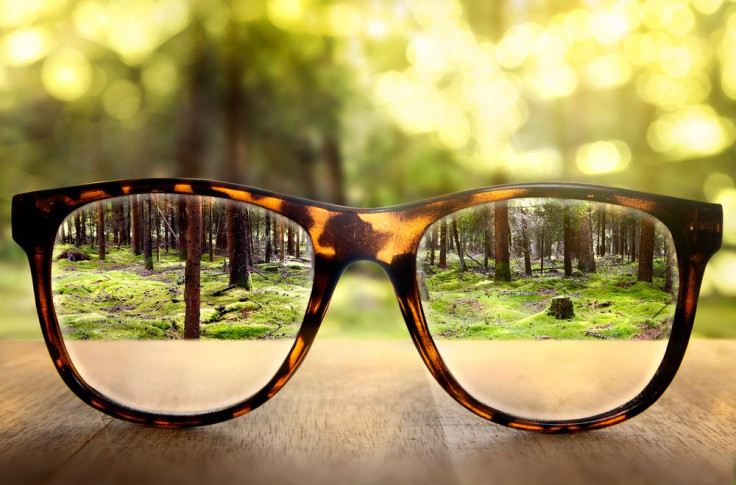Nearsightedness Test: New Exam Using Current Eyeglass Prescription Can Predict Myopia Before 8th Grade

Trouble with vision tends to start in the middle of childhood, so it would only make sense that researchers would focus their attention on targeting vision conditions at an early age. A recent study published in JAMA Ophthalmology has revealed a new test that can accurately predict if a child will become nearsighted by the eighth grade by using a measure of their current refractive error, or eyeglasses prescription.
"Near work has been thought to be a cause of myopia, or at least a risk factor, for more than 100 years. Some of the studies that led to that conclusion are hard to refute," Karla Zadnik, professor and dean of the College of Optometry at The Ohio State University, said in a statement. "In this large dataset from an ethnically representative sample of children, we found no association."
Zadnik and her colleagues recruited 4,512 children between first and eighth grades at the beginning of the study over 20 years ago. Between the ages of 6 and 11, in addition to two more annual visits, each child had their vision evaluated. By the end of the study, 414 participants had developed nearsightedness between second and eighth grades. Researchers assessed 13 potential risk factors, including physical measures of the eye and reports from parents regarding their child’s activities, to decide on the strongest predictor or set of predictor for nearsightedness.
While all 13 risk factors did increase each child’s risk for nearsightedness, certain predictors were more important than others, such as two nearsighted parents. Among all other risk factors, the child’s eyeglasses prescription at baseline was the strongest predictor for if a child would develop nearsightedness before his teenage years. The research team found the eyeglasses prescription to be a more effective predictor of nearsightedness as the child got older. The team hopes that parents will use these findings to schedule eye exams throughout the child’s life to detect possible vision problems.
"These findings apply across ethnicities," Zadnik added. "The prevalence of nearsightedness differs among ethnicities, but the mechanism is the same. If you become nearsighted it's because your eyeball has grown too long. This prediction model works. As people become aware of a test for their first-grader that would help predict whether their child will need glasses for nearsightedness, I think myopic parents who want to have this information about their kids could lead to rapid adoption of this test."
According to the American Optometric Association, nearsightedness, also known as myopia, is a vision condition that causes close objects to appear clearly, but objects farther away to appear blurry. Onset of nearsightedness generally occurs during childhood when the eyeball is too long or the cornea curves too much. One out of every three adults is nearsighted, meaning they require corrective lenses and are at a higher risk for retinal detachment and glaucoma.
Source: Sinnott L, Cotter S, Zadnik K, et al. Prediction of Juvenile-Onset Myopia. JAMA Ophthalmology. 2015.



























